We’re joining the Archives of Ontario in their #ArchivesAtoZ month-long campaign. The aim is to increase the public’s awareness of archives and their collections. We’ll be sharing four blog posts throughout the month showcasing items from our holdings and demystifying archival concepts related to each letter of the alphabet.
- April 4: A to F
- April 11: G to M
- April 18: N to S
- April 25: T to Z
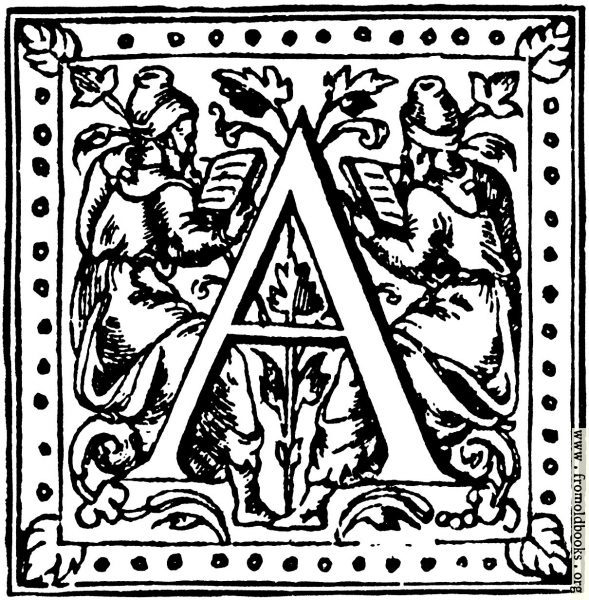
Artifacts (oversized!)
Archives and Special Collections often go beyond papers, books, and photographs in their collections. Many will have objects and artifacts as well. Our Archives and Special Collections is home to a robust collection of artifacts in all shapes and sizes, including many oversized and heavy ones that make storage tricky. Here are a few examples from the collections. (tap on the photographs to learn more about the objects)
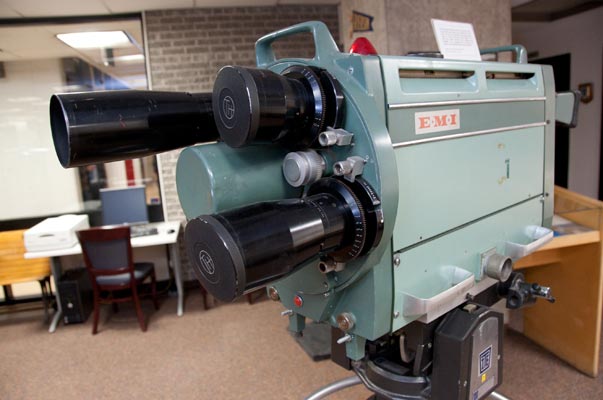
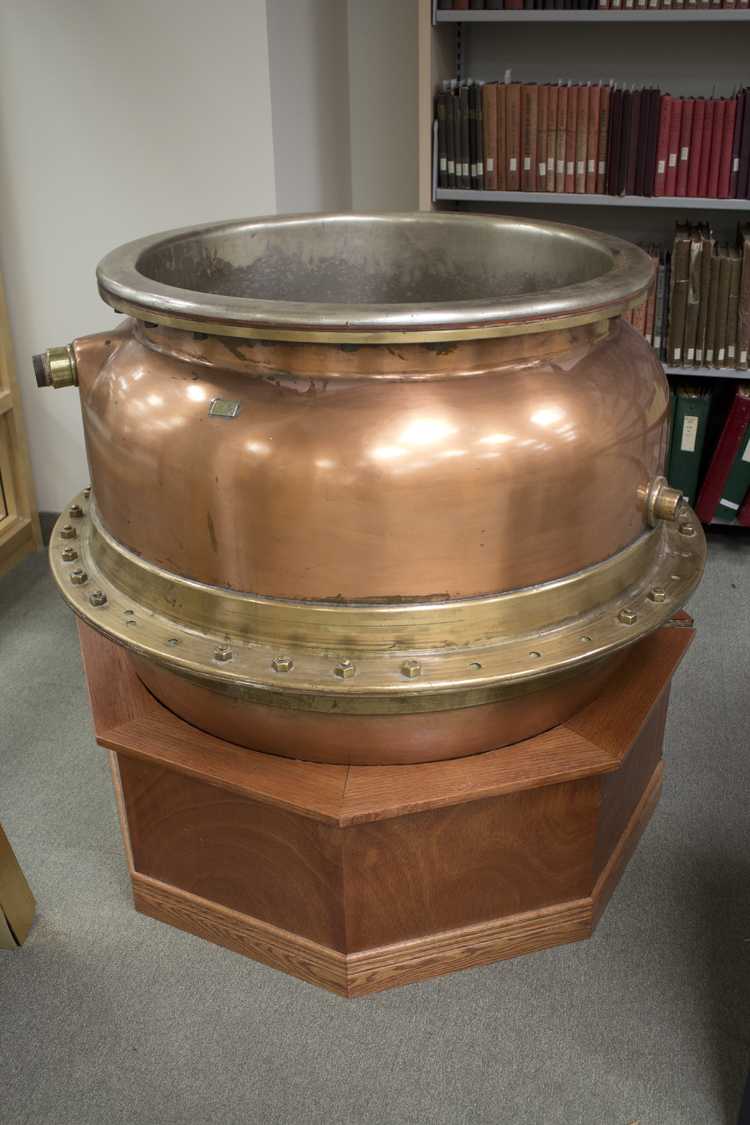

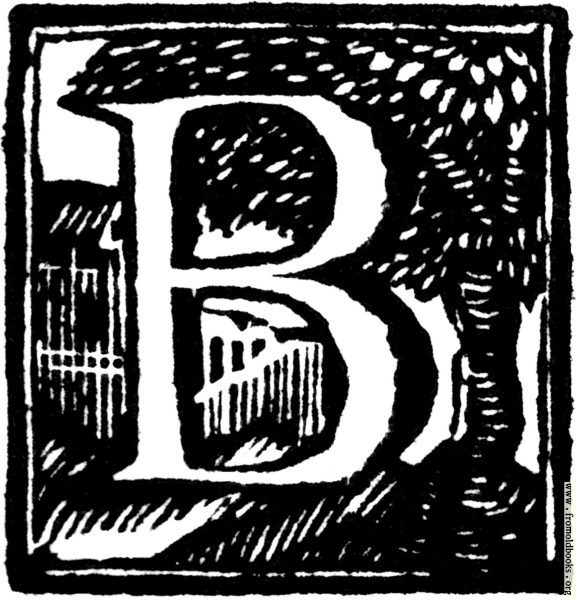
Books
Our collection contains a large variety of published materials including books and journals. The Archives previously collected the published works of faculty. Special Collections houses rare books with a photographic focus, children’s books and History of Toronto books. They also have a large collection of photography related journals. Unlike the rest of the library – these books are not out on open shelving for viewing – they need to be pulled by Archives and Special Collections staff, and they are not available to take home. The books can be searched using the library catalogue and narrowing the location to either Archives or Special Collections
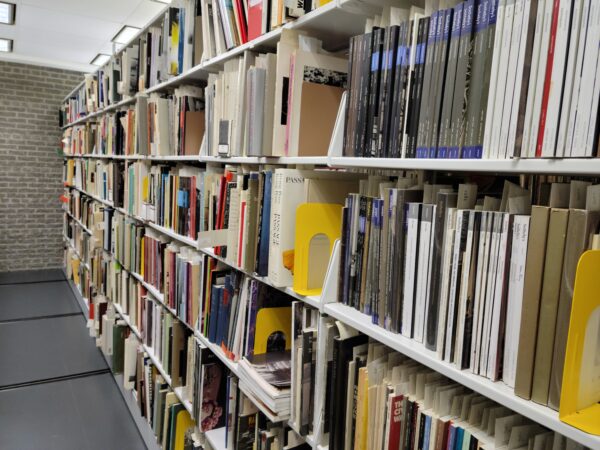
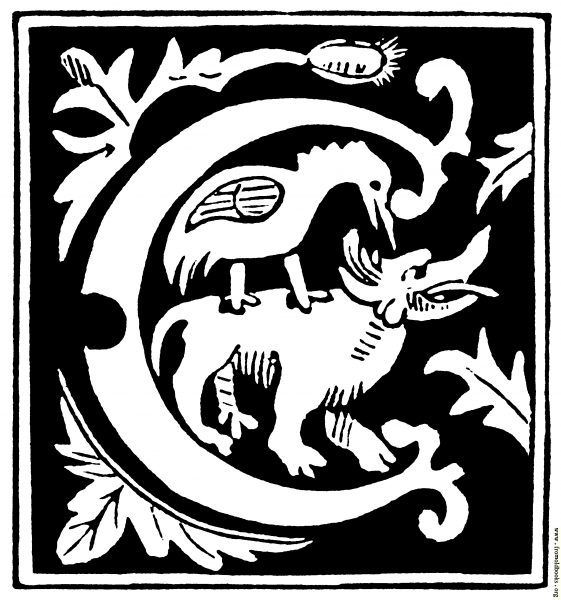
Campus Maps
Campus maps are an important part of our collection. They show the evolution and growth of the campus starting with its creation in 1948. They highlight not just the growth of the campus, but also show movement within the campus by the programs and schools that make up the University. For example the School of Architecture is currently located at 325 Church Street. But in the 1960s it was located at 44 Gerrard Street (former School of Performance building), in the early 1970’s it was housed at in the City Hall annex building at 465 Bay Street and after a fire in that building Architecture was housed at 720 King St. (near Bathurst).
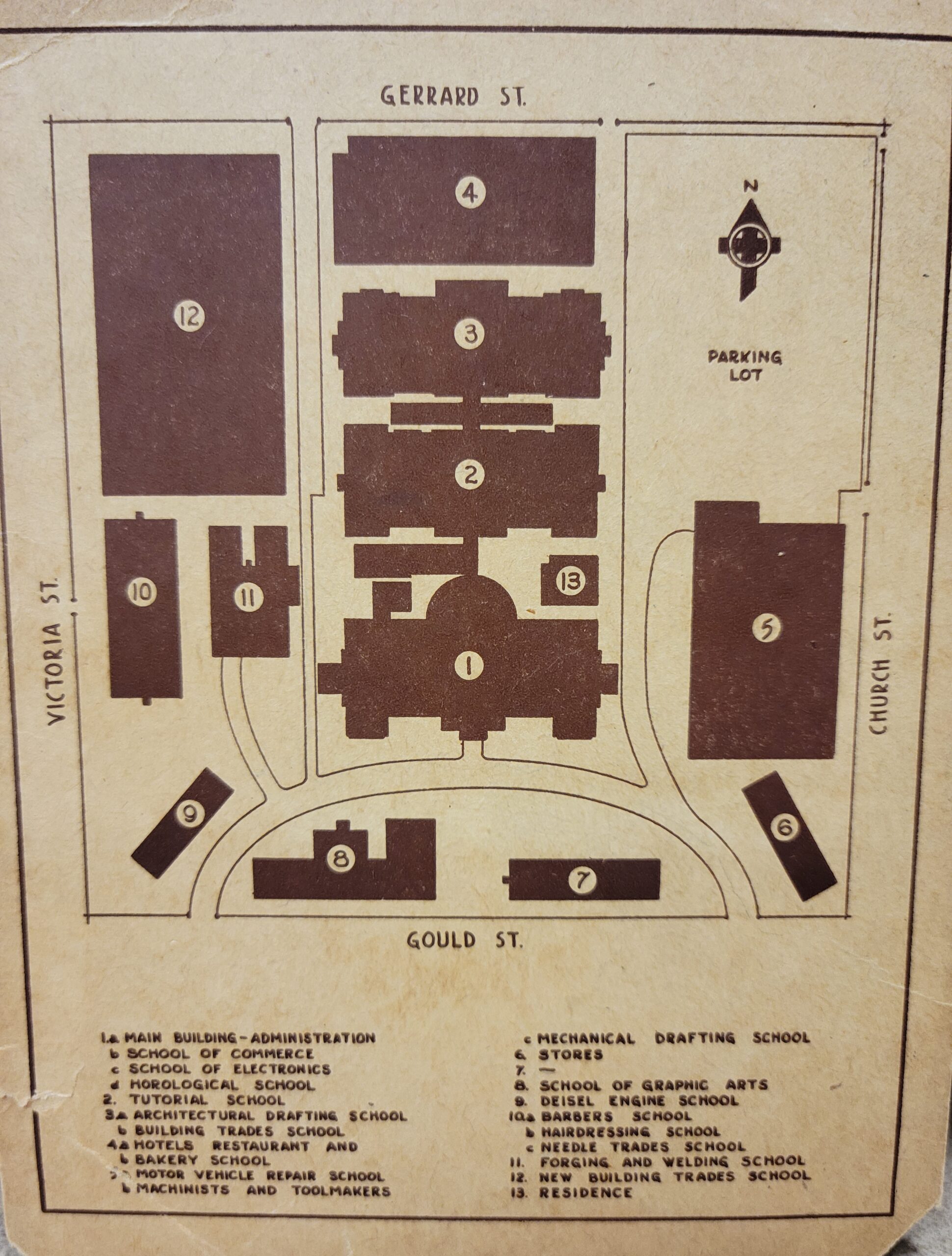
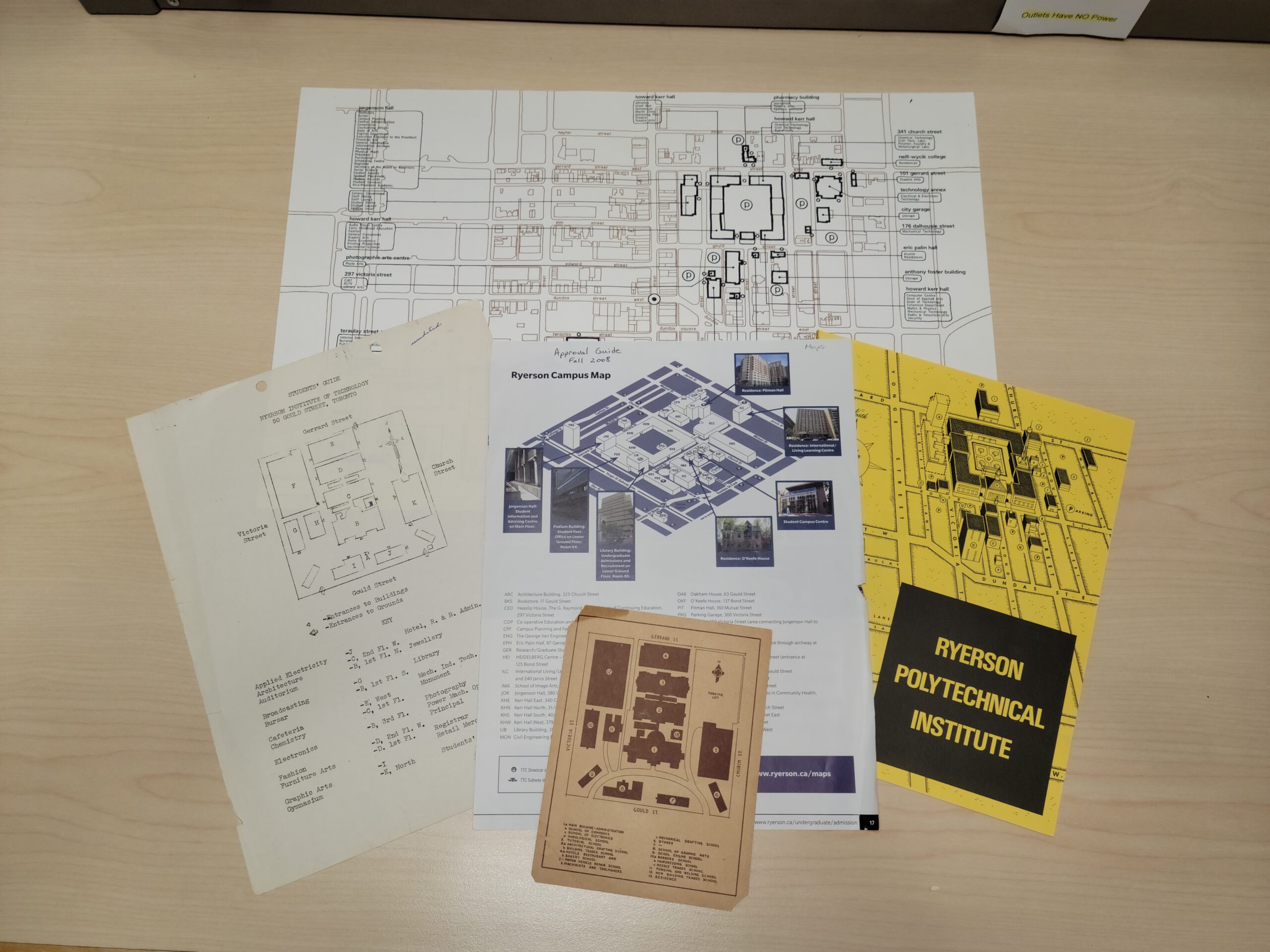
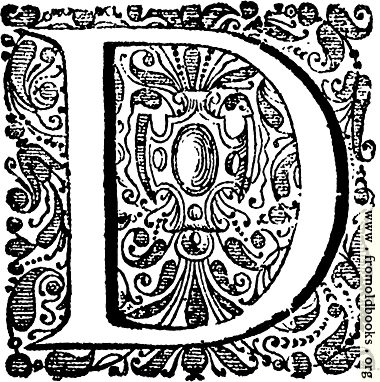
Doozers
The Doozers, a favourite of the Archives and Special Collections staff, were part of the Jim Henson Television show “Fraggle Rock”. These tiny creatures were forever building structures only to have them eaten by the Fraggles. The photograph and the book are part of the Robert Hackborn Fonds. This collection contains extensive documentation of the creative processes for television show including on-set images, sketches of set designs and correspondence. Robert Hackborn was a Canadian set designer and art director. He started working at the CBC in 1955 as a scenic paint artist and later progressed to the Set Design Department where he would produce versatile special visual effects incorporated in years of Canadian film and television programming. (Tap on the photographs to learn more about the records)
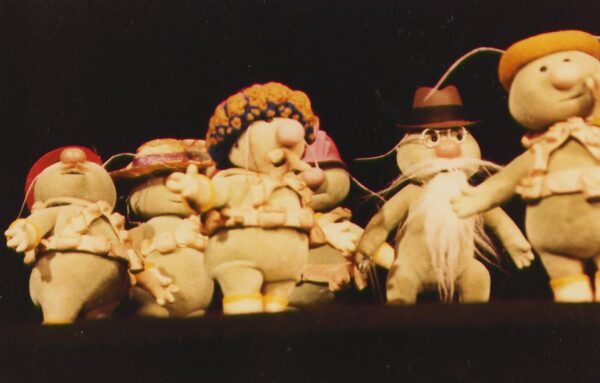
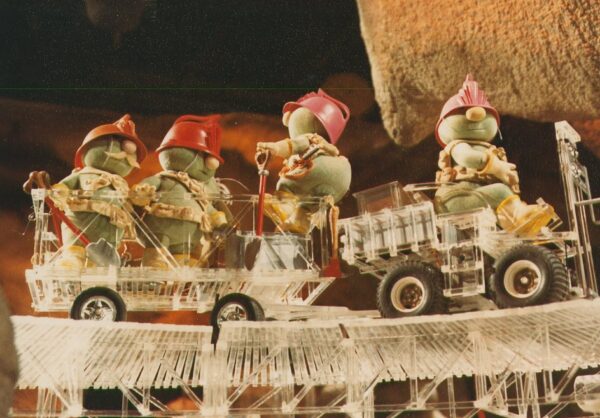
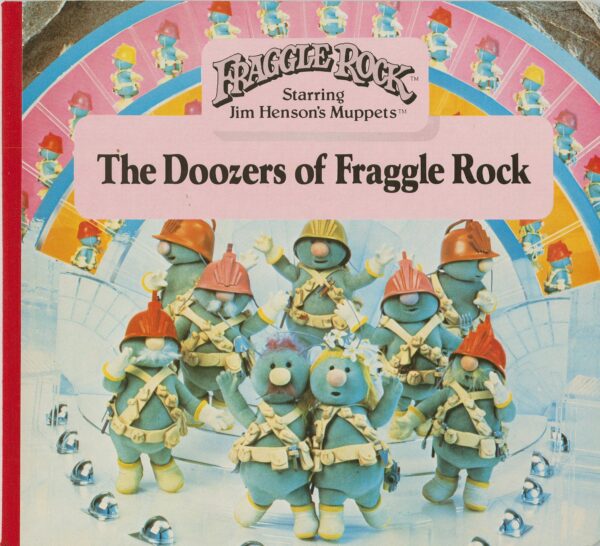
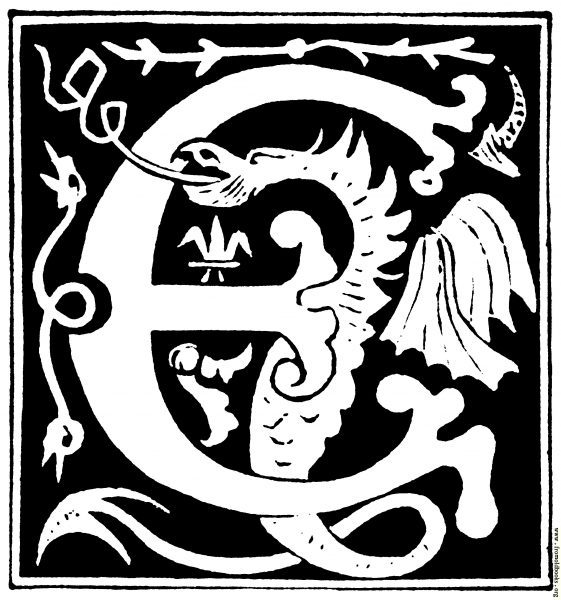
Exhibition publications
Special Collections has a selection of pamphlets, press releases and publications for exhibitions in museums, galleries, festivals and universities across Canada, the United States and abroad. The collections is continuously growing, but the original acquisition was donated by Alison Nordström, the Curator of Photographs at George Eastman House International Museum of Photography and Film, who collected the material between 1986 and 2011.
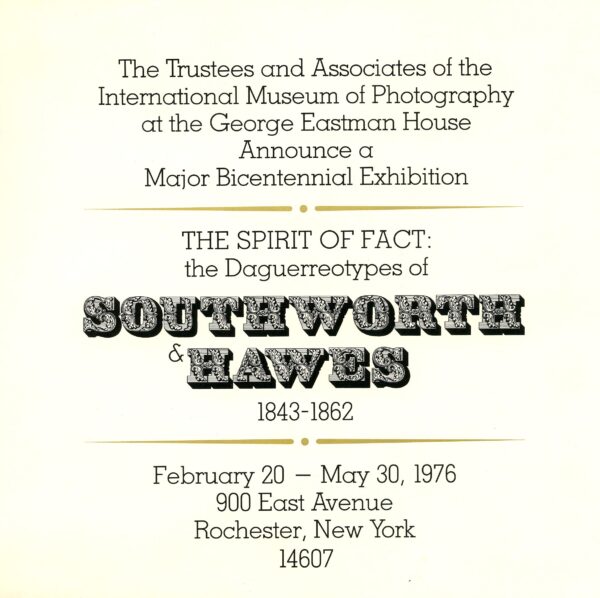
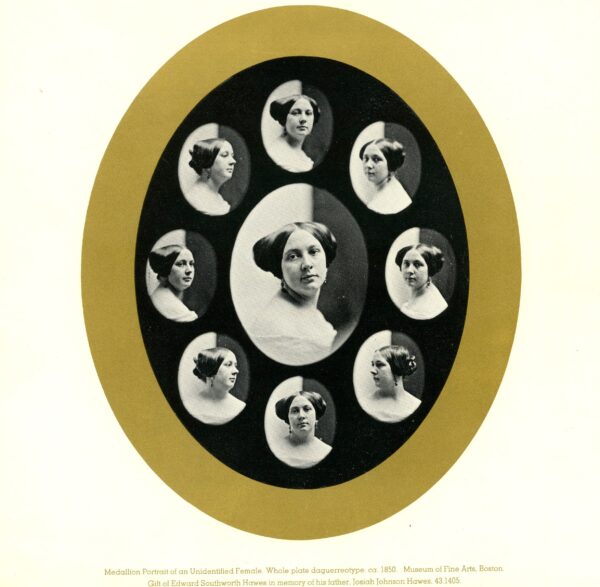
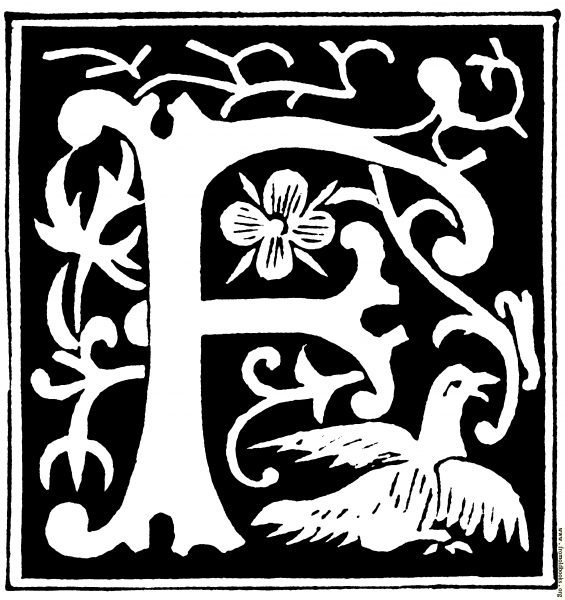
Frank Sommers interviews
The Frank G. Sommers Fonds contains text and audio records of interviews he conducted with European and Canadian film directors Marianne Ahrne, Walerian Browczyk, Bert Haanstra, Claude Jutra, Ettore Scola, and Alain Tanner between 1978 and 1979. The goals of the interviews were to review converging trends in international cinema through director’s perspectives and gain a deeper understanding of the works.
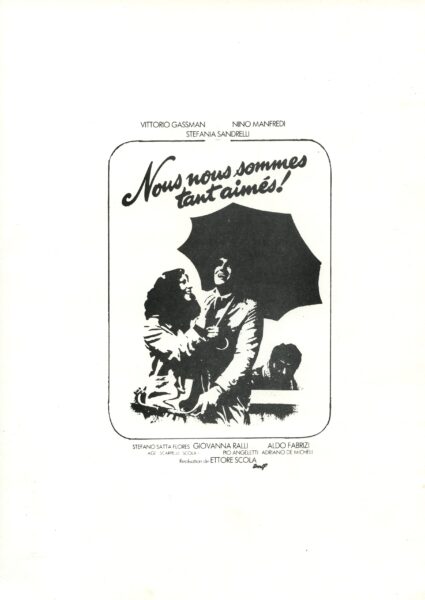
Next week we’ll highlight items and archival concepts for the letters G to M!